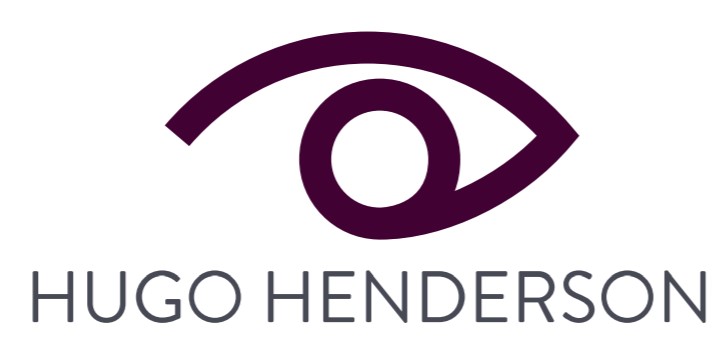Frequently Asked Questions
If you can’t find the question you’re looking for, then please feel free to contact us.
What is cosmetic eyelid and facial plastic surgery?
Cosmetic eyelid and facial plastic surgery is another term for cosmetic periocular (around the eyes) surgery. It embraces several procedures to correct hooded or baggy eyelids and improve the aesthetic appearance of the eyelids and surrounding area of the face, including the eyebrows, forehead, and midface. There are also related aesthetic treatments.
What does Cosmetic Surgery include?
- Upper eyelid blepharoplasty
- Lower eyelid blepharoplasty
- Endoscopic and non-endoscopic eyebrow and/or forehead lift
- Mid face / cheek lift
- BOTOX (botulinum toxin) for lines and brow ptosis
- Fillers and other injections around the eyes and face
What are the most common ‘around the eye’ procedures?
Blepharoplasty, where upper and lower eyelids are corrected, is the most popular procedure and is followed by the Brow Lift, which is when foreheads are smoothed and raised.
What happens at the consultation?
Mr Henderson will examine your eyelids and face and ask about your general health. This will include questions about allergies, any medications you may be taking, especially aspirin and other over the counter tablets, and whether you smoke. Your vision will be tested and your eyelids, tear film and front of the eye will be checked, as well as a retinal examination. Your face and condition of your skin will be examined, and position of the eyebrows and eyelids will be measured. Pre-operative photographs will be taken as a baseline for comparison with the results after surgery.
You will be advised whether just the eyelids or the eyebrows too need operating on and whether BOTOX (botulinum toxin) or other non-surgical treatment is recommended. You will also be given an information sheet about your particular surgery and if you are on medication, you will be advised on whether this is safe to take prior to your operation or if you should stop. You may be required to undergo a general health check by your general practitioner, including heart and blood tests.
What are the most common aesthetic treatments?
The most popular is Botox® followed by Restylane® injections (also known as fillers).
What is a brow lift?
This is a surgical procedure to raise the level of the drooping eyebrows and forehead, often done in association with upper eyelid blepharoplasty. The aim is to correct eyebrow ptosis. There are several different brow lift techniques, endoscopic or non-endoscopic, with or without fixation e.g. Endotine®.
What is a filler?
A filler is an inert synthetic substance such as Restylane® which is injected into the depressions or tear troughs below the eyes and the lines between the nose and the mouth (nasolabial folds). Fillers can be temporary, semi-permanent or permanent, depending on what material is injected. Restylane is temporary. The patient’s own fat (autologous Coleman fat) can also be used to fill out depressed areas around the eyelids.
Is cosmetic eyelid and facial plastic surgery high risk?
Providing that you chose an appropriately qualified oculoplastic surgeon, and follow all the advice and guidelines given, the risks associated with these types of surgery are usually minor. Any side effects will be specific to your chosen procedure and Mr Henderson will talk you through all these at your consultation. Alternatively, you can find them on our website under each procedure.
What is an Oculoplastic Surgeon?
Oculoplastic surgeons are ophthalmologists (eye doctors) who specialise in eyelid and facial plastic surgery and understand how eyelid surgery can affect the comfort of the eye and the clarity of vision. They are trained to perform many different types of eyelid and facial surgery; this can range from correcting simple eyelid malposition to more complex reconstruction involving the eyelids and surrounding forehead, temporal and cheek areas.
As well as the eyelids, they specialise in the lacrimal (tear) system, the orbit (bone cavity around the eye), adjacent periocular (around the eyes) and facial structures and the forehead and cheeks.
Oculoplastic Surgeons have full understanding of the delicate anatomy and function of the eyelids and their surrounding structures. They are also known as ophthalmic plastic and reconstructive surgeons and oculo-facial surgeons.
Oculoplastic surgeons have a professional society which helps them maintain a high standard of care, called the British Oculoplastic Surgery Society.
What is the difference between cosmetic and aesthetic procedures?
Generally, a cosmetic procedure involves surgery, whereas an aesthetic procedure is non-invasive or minimally invasive, such as an injection.
What is blepharoplasty?
This is a surgical procedure to remove excess tissue – skin, muscle and sometimes fat, from the upper and/or lower eyelids. It is often done in conjunction with other treatment such as a brow lift and Botox. There are cosmetic and functional reasons for blepharoplasty surgery.
For more information download Mr Henderson’s Blepharoplasty brochure here.
What is BOTOX® treatment?
Botox® is the both a brand name of botulinum toxin A and the generic name for this type of treatment. During the treatment, botulinum toxin A is injected into overacting muscles which have cause deep activity lines on the face. This tends to be in the forehead and around the eyes, for example, vertical frown lines between your eyebrows, crow’s feet, or horizontal forehead wrinkles.
The injection causes reversible inactivation (chemodenervation) of the facial muscle that causes these lines. Multiple small injections are made which are at their best one week after the injection before gradually wearing off over the next three months.
Botox® is also known under the brand names Dysport® and VISTABEL®.
Is there a long recovery time?
Recovery times depend on whether you had a cosmetic or aesthetic procedure. With aesthetic procedures such as Botox or Fillers, we find recovery time is minimal, with any redness or swelling subsiding in a few days. Recovery times for cosmetic procedures are dependent on the surgery itself, but on average we find patients get back to normal within two weeks, provided they follow all the advice and guidelines given.
